Every organization relies on documents to operate, from contracts and proposals to HR files and project plans. As businesses grow, so does the complexity of storing, accessing, and securing these documents. Without a proper system, critical data gets lost in email chains, version control becomes a nightmare, and productivity plummets.
Modern document management software (DMS) solves this by providing a centralized hub where employees can securely store, organize, and collaborate on documents. With remote and hybrid work now a norm, digital solutions that ensure compliance, streamline collaboration, and enhance workflow visibility have become essential.
In this guide, we review the best document management software available today, their standout features, and how to choose the right one for your organization.
Top 15 document management software for 2025
- Axero
- M-Files
- DocuWare
- Laserfiche
- SharePoint
- Box
- Dropbox Business
- OpenText Content Suite
- Google Workspace
- OnlyOffice
- Zoho WorkDrive
- Revver
- LogicalDOC
- DocSend
- Confluence
What is document management software?
Document management software provides a secure, digital space for organizations to store, organize, and share documents. It replaces traditional file cabinets and scattered cloud folders with a single, searchable repository that enables teams to collaborate, maintain version control, and protect sensitive information.
Modern DMS platforms go beyond simple storage. They integrate with productivity tools, automate approvals, enforce access controls, and offer compliance-ready audit trails. The goal is to ensure that every document—whether it’s a policy, proposal, or presentation—is accessible to the right people at the right time.
What to consider when choosing the right document management software
When evaluating document management solutions, it’s important to consider your organization’s structure, workflow complexity, and security needs. The best system will simplify how your teams access, edit, and collaborate on files while supporting compliance and long-term scalability.
Integration capabilities
A good DMS integrates seamlessly with your existing tools—email, CRM, project management, or HR systems—so users can upload or retrieve files without switching between multiple platforms.
Security and compliance
Look for encryption, user permissions, and audit trails to protect sensitive data. If your organization handles personal or financial information, ensure compliance with regulations such as GDPR or HIPAA.
Version control and collaboration
The ability to track document revisions, comments, and approvals ensures transparency and eliminates duplicate or outdated versions.
Search and retrieval
Advanced search features using metadata, OCR, or AI tagging help users quickly find what they need without sifting through folders.
Accessibility and mobility
Cloud-based platforms that support mobile access empower employees to work and collaborate securely from anywhere.
15 best document management software
1. Axero
Axero offers an all-in-one intranet and document management solution designed to centralize communication, collaboration, and content sharing. Its robust document libraries allow teams to upload, tag, version, and manage permissions with ease. Beyond document control, Axero provides social intranet features—newsfeeds, discussions, and workflows—ensuring content lives where people work.
Key features of Axero:
- Document libraries: Centralize all files with version control, tagging, and advanced permissions.
- Workflow automation: Streamline approvals and publishing directly within your intranet.
- Advanced search: Locate any file in seconds with filters, metadata, and content indexing.
Best for: Organizations seeking a complete digital workplace with built-in communication and document management tools.
2. M-Files
M-Files uses metadata to organize documents by what they are rather than where they are stored. Its AI-powered classification simplifies compliance and improves productivity by automating filing and retrieval.
Key features of M-Files:
- Metadata-driven organization: Categorizes documents automatically.
- AI insights: Identifies duplicate or outdated files.
- Compliance management: Supports ISO, GDPR, and other regulatory standards.
Best for: Enterprises with complex compliance or workflow requirements.
3. DocuWare
DocuWare provides cloud and on-premises document management designed to digitize, process, and secure business information. Its drag-and-drop interface makes workflow automation approachable for all users.
Key features of DocuWare:
- Digital workflows: Automate document approval and routing.
- eSignature integration: Supports remote approvals.
- Secure archiving: Retain documents safely for audits.
Best for: Businesses transitioning from paper to digital workflows.
4. Laserfiche
Laserfiche combines document management with enterprise content management (ECM) and process automation. It’s popular in government and education sectors for its compliance-ready framework.
Key features of Laserfiche:
- Process automation: Digitizes forms and approvals.
- Records management: Maintains retention schedules automatically.
- Security controls: Offers granular access permissions.
Best for: Public sector and regulated organizations.
5. SharePoint
Microsoft SharePoint remains a staple for document collaboration within Microsoft 365. It connects with Teams, Outlook, and OneDrive to create shared workspaces for departments.
Key features of SharePoint:
- Integrated collaboration: Works with other Microsoft tools.
- Version control: Tracks document edits in real time.
- Customizable sites: Tailor libraries for departments.
Best for: Organizations already using Microsoft 365.
6. Box
Box offers secure cloud content management for businesses that prioritize flexibility and collaboration. It integrates with over 1,500 apps, including Slack and Salesforce.
Key features of Box:
- Secure file sharing: Granular control over user access.
- Workflow automation: Simplifies approvals with Box Relay.
- Compliance readiness: Meets SOC 2, HIPAA, and FedRAMP standards.
Best for: Enterprises needing secure cloud collaboration.
7. Dropbox Business
Dropbox Business is known for its intuitive interface and reliable sync capabilities. It’s ideal for distributed teams managing large media files or collaborative projects.
Key features of Dropbox Business:
- Smart Sync: Access files on demand without local storage use.
- File recovery: Restore deleted or previous versions.
- Team spaces: Keep shared work organized and accessible.
Best for: Creative and remote teams needing cloud storage simplicity.
8. OpenText Content Suite
OpenText offers advanced content lifecycle management for global enterprises. It’s built for scalability and compliance, often used by large organizations with complex IT ecosystems.
Key features of OpenText:
- Enterprise-grade governance: Automates retention and compliance.
- Scalability: Handles massive data volumes.
- Integration: Connects with SAP, Salesforce, and Microsoft.
Best for: Large enterprises managing high-volume documentation.
9. Google Workspace
Google Workspace offers integrated tools for document creation, sharing, and collaboration through Drive, Docs, Sheets, and Slides.
Key features of Google Workspace:
- Real-time editing: Collaborate simultaneously on documents.
- Version history: Review and restore prior changes.
- Seamless sharing: Granular control over visibility.
Best for: Teams seeking simplicity and real-time collaboration.
10. OnlyOffice
OnlyOffice provides an open-source platform with document, spreadsheet, and presentation editors. It’s highly customizable for private cloud or on-premises deployment.
Key features of OnlyOffice:
- Self-hosted flexibility: Maintain full data control.
- Built-in editors: Create and edit files directly.
- Collaborative features: Co-edit and comment in real time.
Best for: Organizations preferring open-source or self-hosted systems.
11. Zoho WorkDrive
Zoho WorkDrive integrates document storage with the broader Zoho ecosystem, making it ideal for businesses already using Zoho apps.
Key features of Zoho WorkDrive:
- Team folders: Structure files by projects or departments.
- Granular permissions: Control who can view or edit files.
- Collaboration tools: Commenting, notifications, and task tracking.
Best for: Small to mid-sized businesses within the Zoho suite.
12. Revver
Revver, formerly eFileCabinet, automates document workflows and provides secure cloud storage tailored for compliance-heavy industries.
Key features of Revver:
- Automated filing: Tags and stores documents by content.
- Compliance tools: Tracks access and retention.
- Integrated eSignatures: Simplifies approvals.
Best for: Financial services, healthcare, and legal teams.
13. LogicalDOC
LogicalDOC is an open-source document management system with robust automation features. It supports both cloud and on-premises deployments.
Key features of LogicalDOC:
- Metadata indexing: Enhances search and classification.
- Version tracking: Keeps document history intact.
- Automation rules: Streamline document lifecycles.
Best for: IT teams seeking customizable, open-source DMS options.
14. DocSend
DocSend focuses on secure document sharing and analytics, making it ideal for sales, marketing, and investor relations teams.
Key features of DocSend:
- Document analytics: Track views and engagement.
- Access control: Require passwords or email verification.
- Link expiration: Revoke access anytime.
Best for: Teams sharing sensitive or confidential materials externally.
15. Confluence
Confluence by Atlassian provides a structured wiki for creating, sharing, and managing documents within teams. It’s well-suited for collaboration and knowledge documentation.
Key features of Confluence:
- Content templates: Standardize document creation.
- Real-time editing: Work together on shared pages.
- Integration: Works seamlessly with Jira and Trello.
Best for: Project teams managing documentation and internal wikis.
Choosing the right system for your organization
Document management is more than storage—it’s about efficiency, compliance, and collaboration. The right system should streamline workflows, reduce risks, and help your teams find what they need instantly.
Whether you’re replacing outdated file servers or building a secure, searchable knowledge base, Axero can help unify communication, content, and collaboration into one easy-to-use intranet.
Book a demo today to see how Axero can simplify your document management and empower your workforce to work smarter and faster.




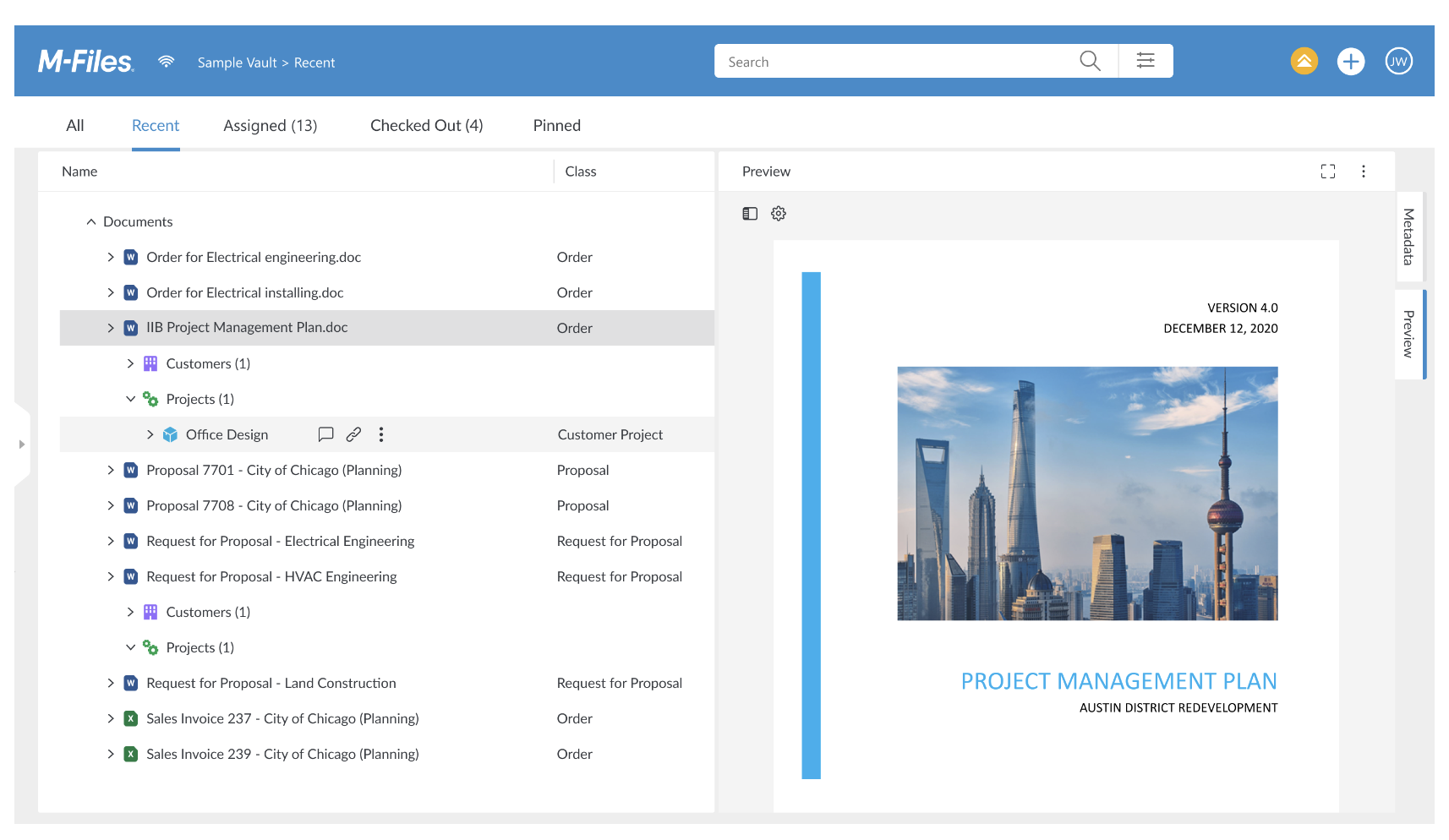
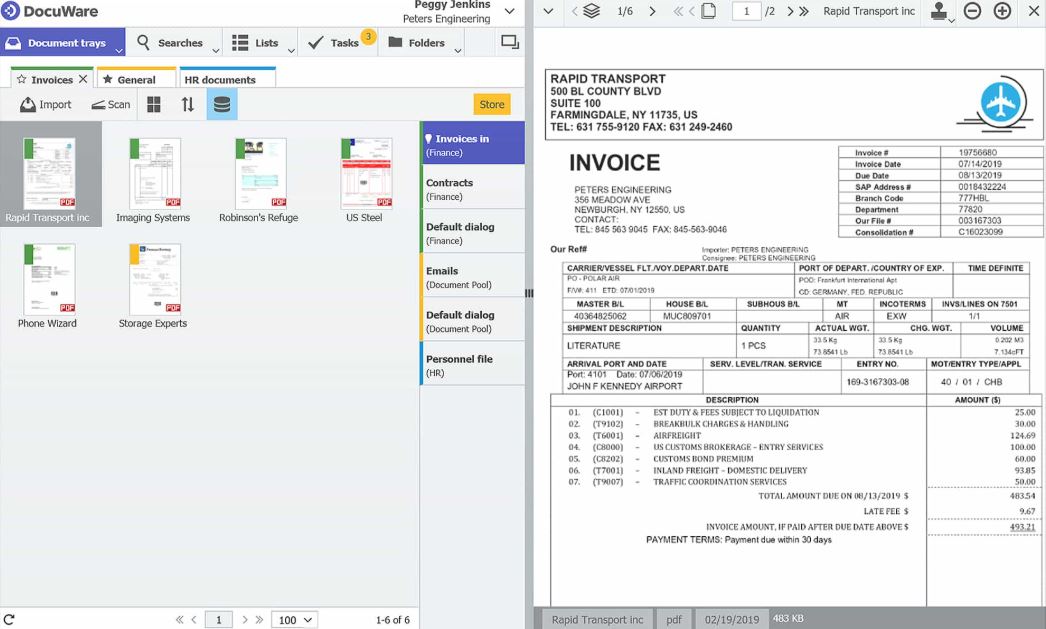




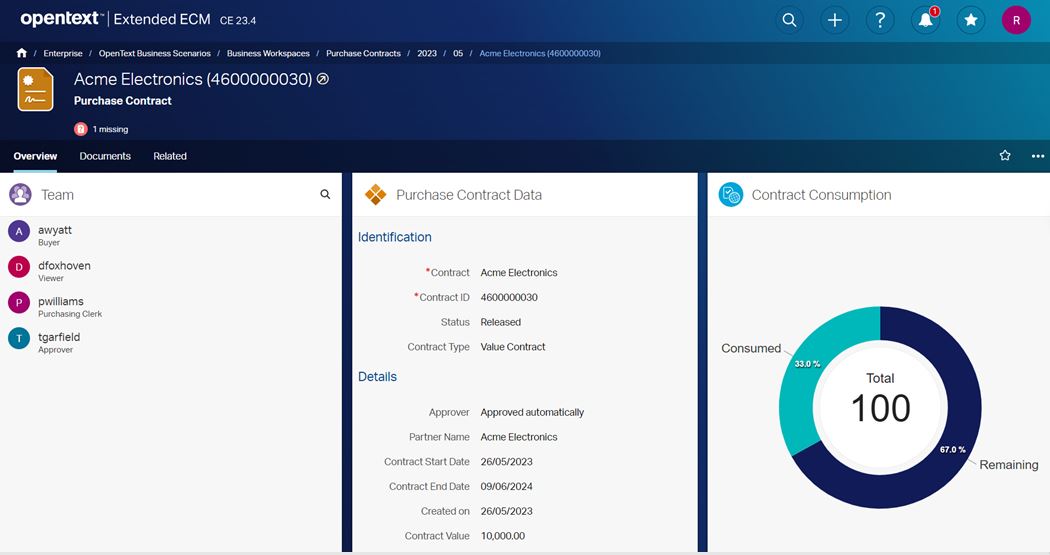
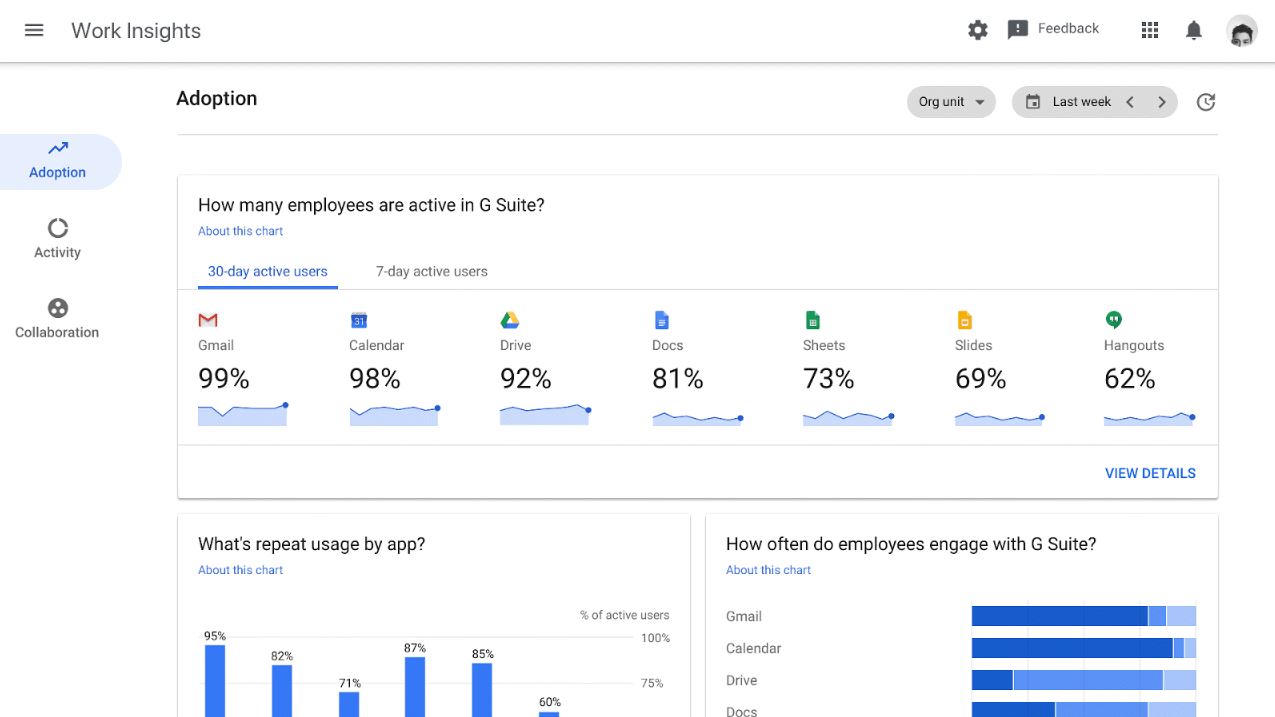
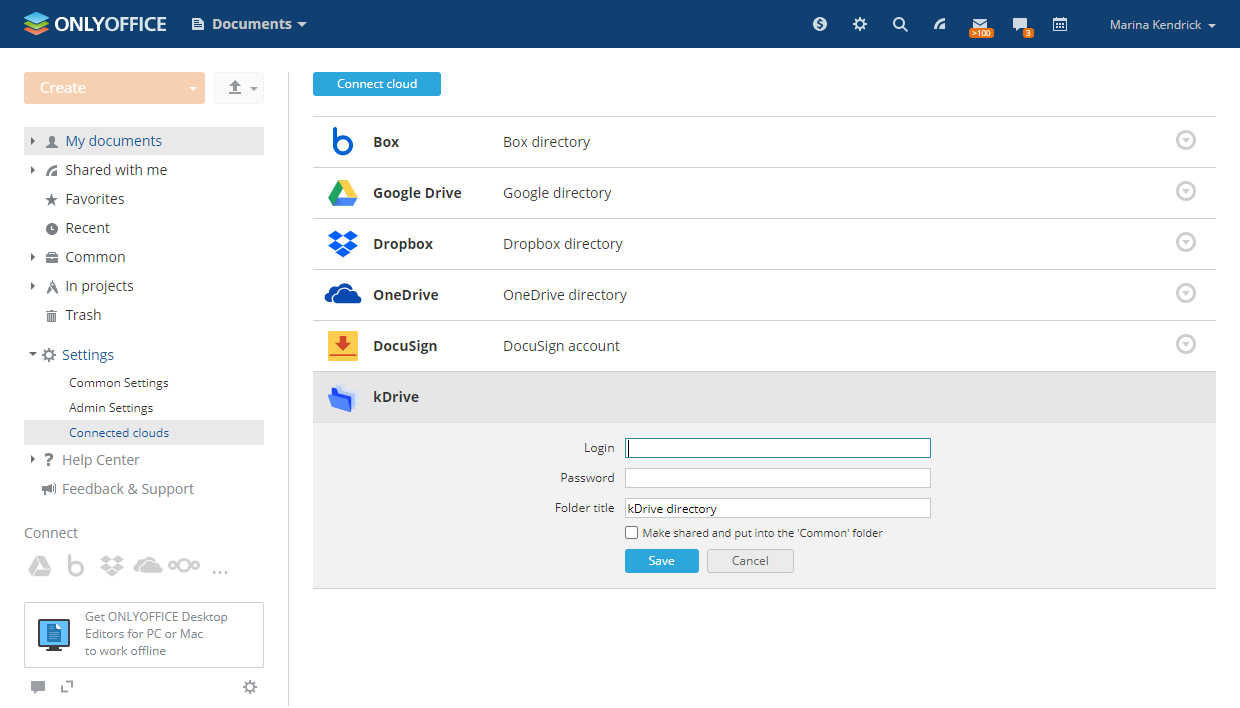
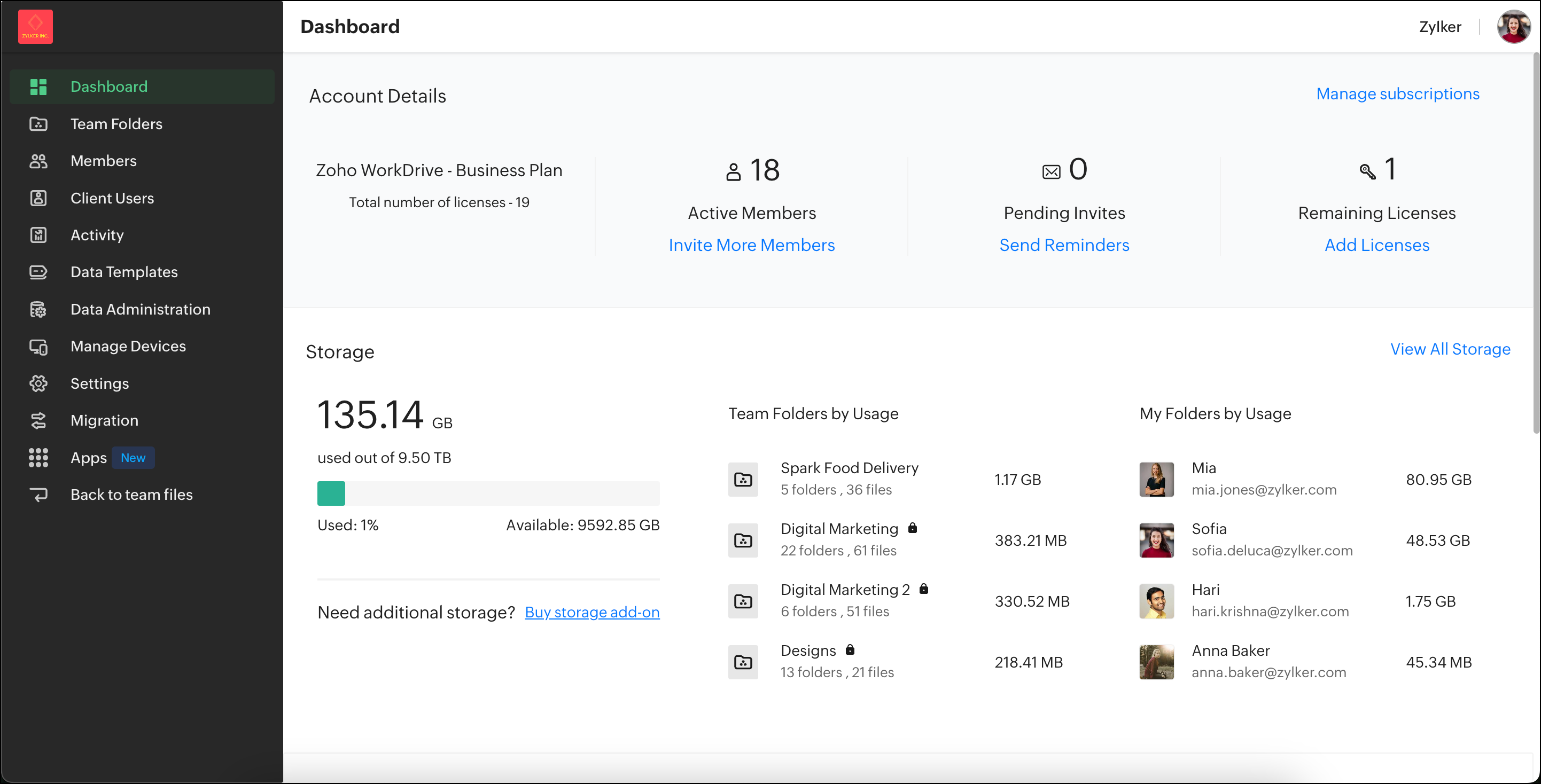
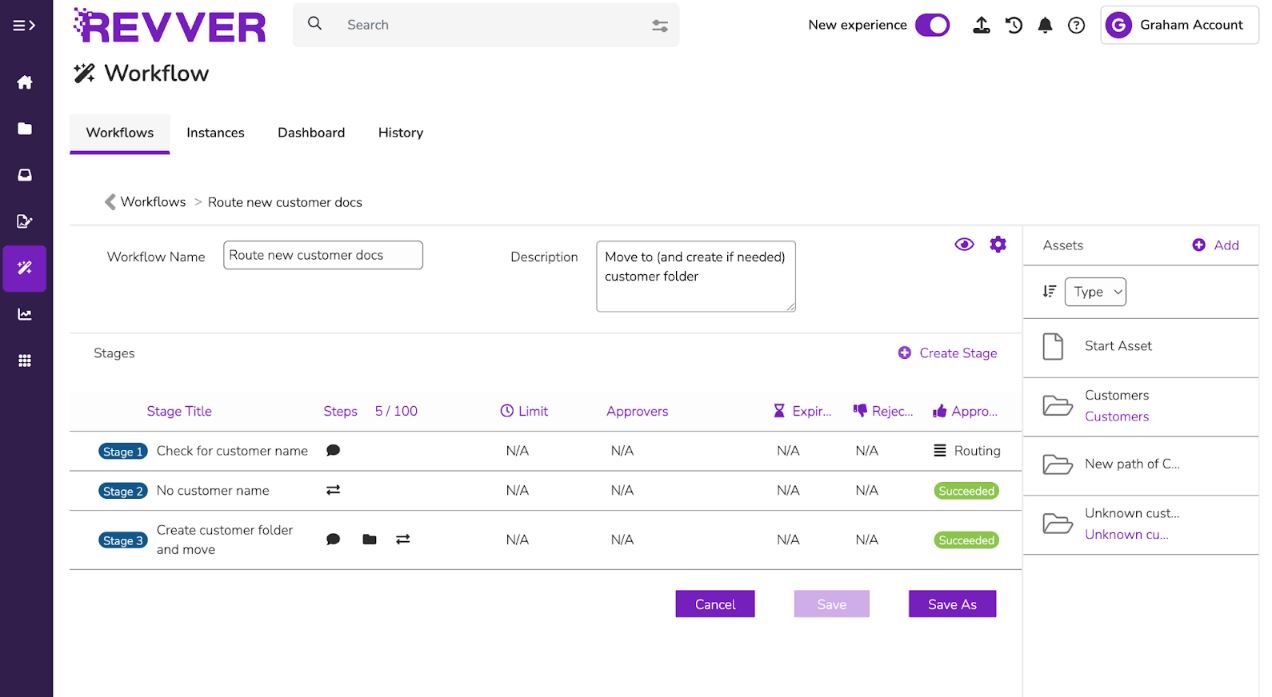









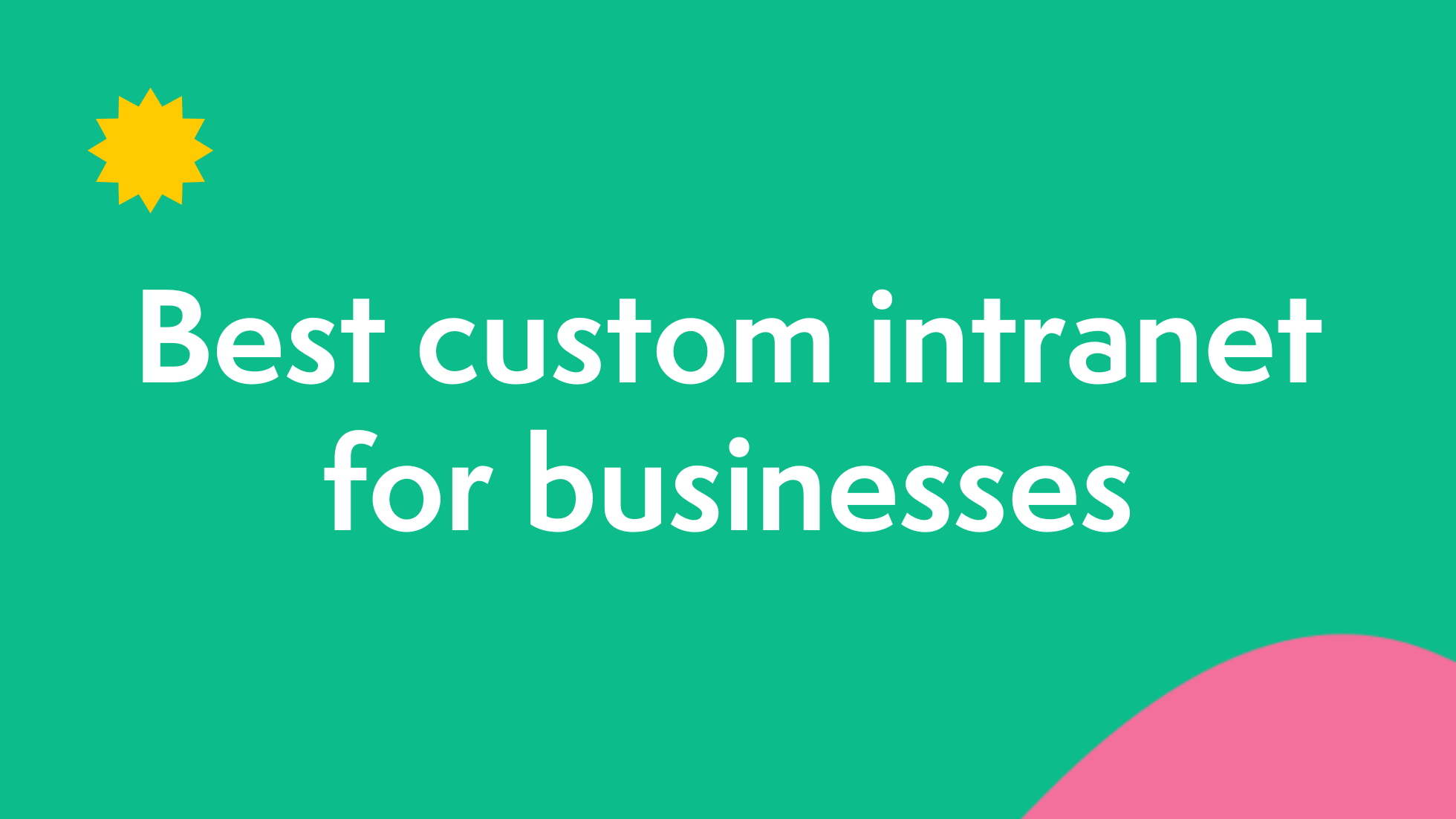


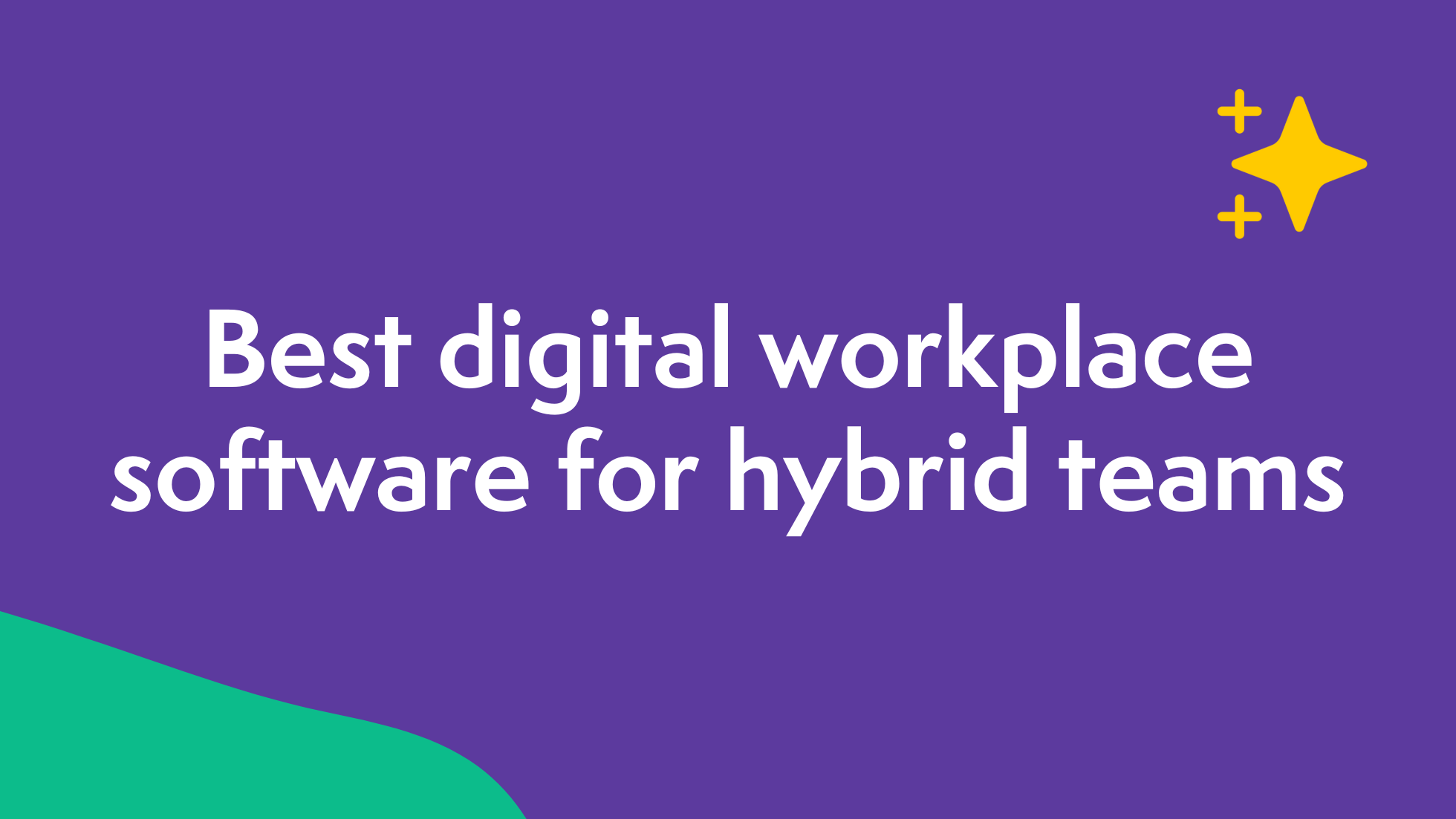



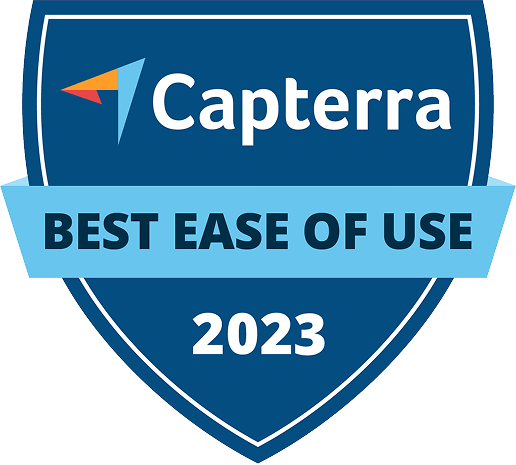



 info@axerosolutions.com
info@axerosolutions.com 1-855-AXERO-55
1-855-AXERO-55


